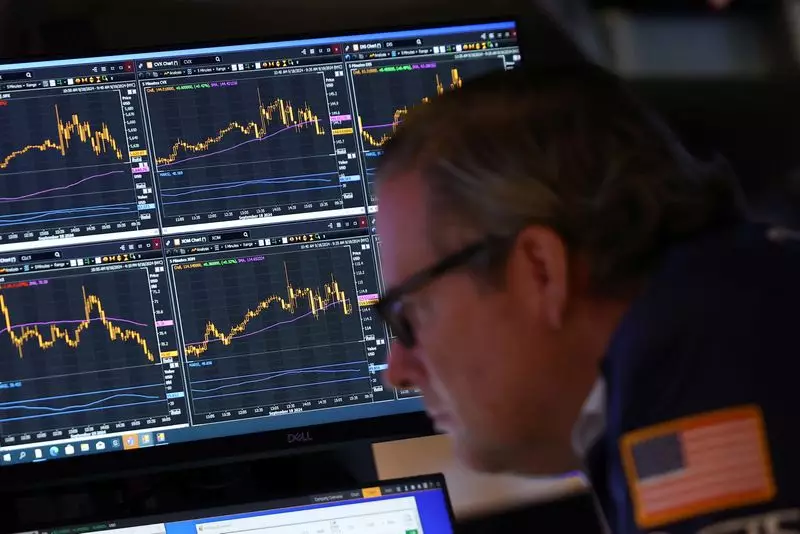In recent months, U.S. exchange-traded funds (ETFs) focused on dividend-paying stocks have witnessed a dramatic surge in investor interest. The primary factor behind this phenomenon is the Federal Reserve’s shift in policy, which encompasses a series of interest rate reductions aimed at stimulating economic growth. Since this monetary pivot commenced, particularly highlighted by a 50 basis point reduction in September, dividend ETFs have attracted approximately $3.05 billion—a significant uptick compared to the $424 million monthly average observed over the preceding eight months of 2024. This influx indicates a robust demand for income-generating investments in a climate where traditional yields from safer assets, such as government bonds, are declining.
While the attraction of dividend ETFs appears strong, the environment is subject to change. Recent dynamics in the bond market, notably a rise in 10-year Treasury yields to two-month highs, may serve as a headwind for the continued wave of investment into dividend-focused funds. Market analysts cite a recent positive employment report as an indicator of underlying economic strength, suggesting the Fed may not need to implement further significant rate cuts. As a result, emerging pressures from the fixed-income sector could temper the enthusiasm for equities reliant on consistent dividend payments.
Investor Behavior and Market Dynamics
The growing interest in dividend-paying stocks is reflective of a broader shift in market sentiment, particularly as technology and other sectors experience soaring valuations. According to recent data, the S&P 500 is trading at 21.5 times future 12-month earnings, hovering near a three-year peak and far exceeding its historical average of 15.7. This concentration in a select group of high-performing stocks, largely driven by advancements in artificial intelligence, raises concerns regarding market sustainability and investor risk appetite. Josh Strange, a prominent financial advisor, notes that this rise in valuations has cultivated a fertile ground for dividend investments, with many investors seeking stability amidst the volatility.
The varying yields offered by dividend ETFs—ranging from just below 2% to upwards of 3.6%—provide an enticing alternative for income-focused investors. In comparison, benchmark Treasury yields, which also stood at about 3.6% in September, pose an interesting dilemma for those weighing their options across different asset classes. The portfolio composition of dividend ETFs typically includes a blend of stocks from energy, finance, pharmaceuticals, and utilities, featuring well-known names like Chevron, JP Morgan Chase, and Proctor & Gamble. This diversity is crucial for investors looking for sustainable income while also aiming for capital appreciation.
As interest in dividend-paying stocks grows, experts emphasize the importance of selecting companies that not only provide attractive yields but also demonstrate a capacity for growth. With this selective approach, investors can mitigate the risks associated with companies that may struggle with weak fundamentals. Sean O’Hara, president of Pacer ETFs, stresses that focusing on firms with robust cash flows is critical in constructing resilient, income-generating portfolios—highlighted by the successful Pacer US Cash Cows ETF, which has accumulated $7.1 billion in the last year alone.
The renewed fascination with dividend ETFs is underpinned by significant shifts in monetary policy and market positioning. While the current climate offers compelling opportunities for income-driven investors, the changing dynamics within both the equity and fixed-income markets suggest a careful reassessment of strategy will be essential. As the Fed navigates its path forward, it will be imperative for investors to keep a close eye on economic indicators and market trends to ensure their investment strategies align with their risk tolerance and income goals. The ongoing interplay between dividend yield, interest rate fluctuations, and market volatility will continue to shape the landscape for ETFs and the broader investment community.

